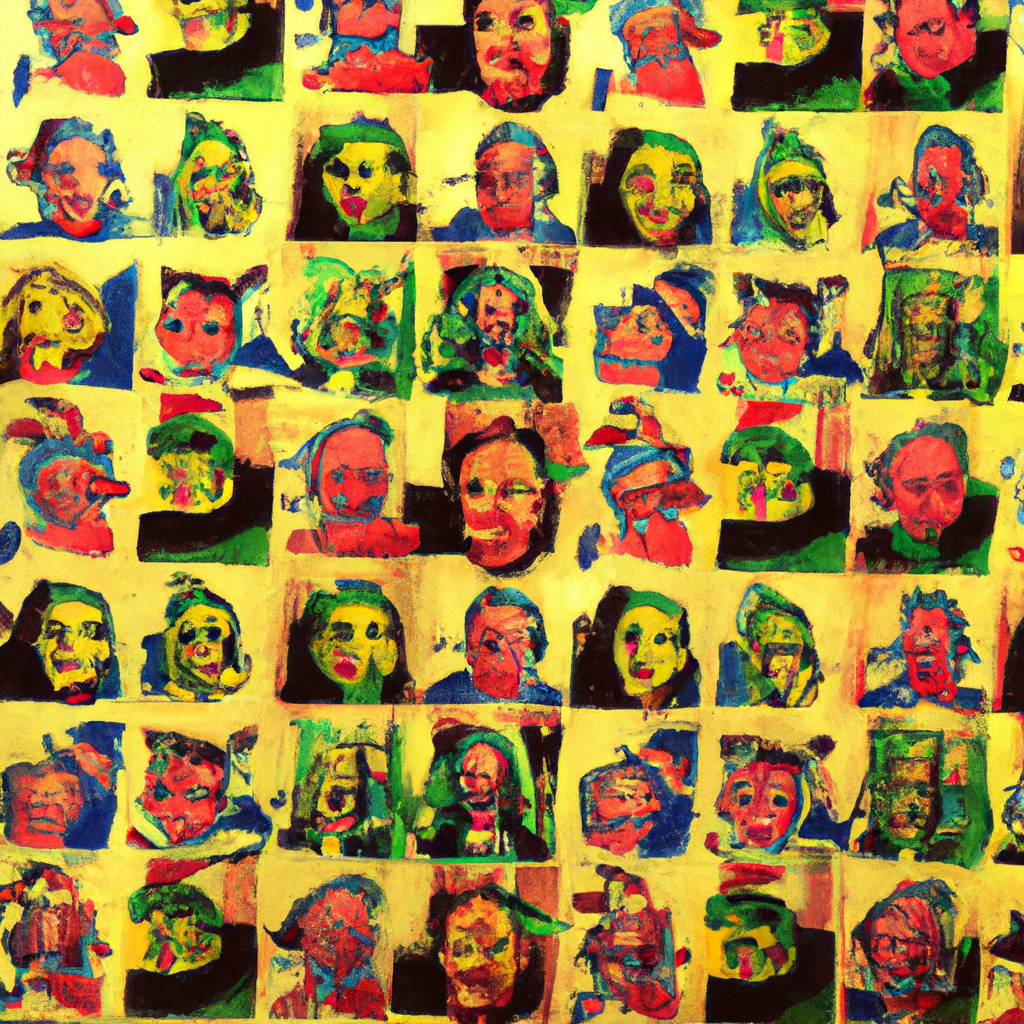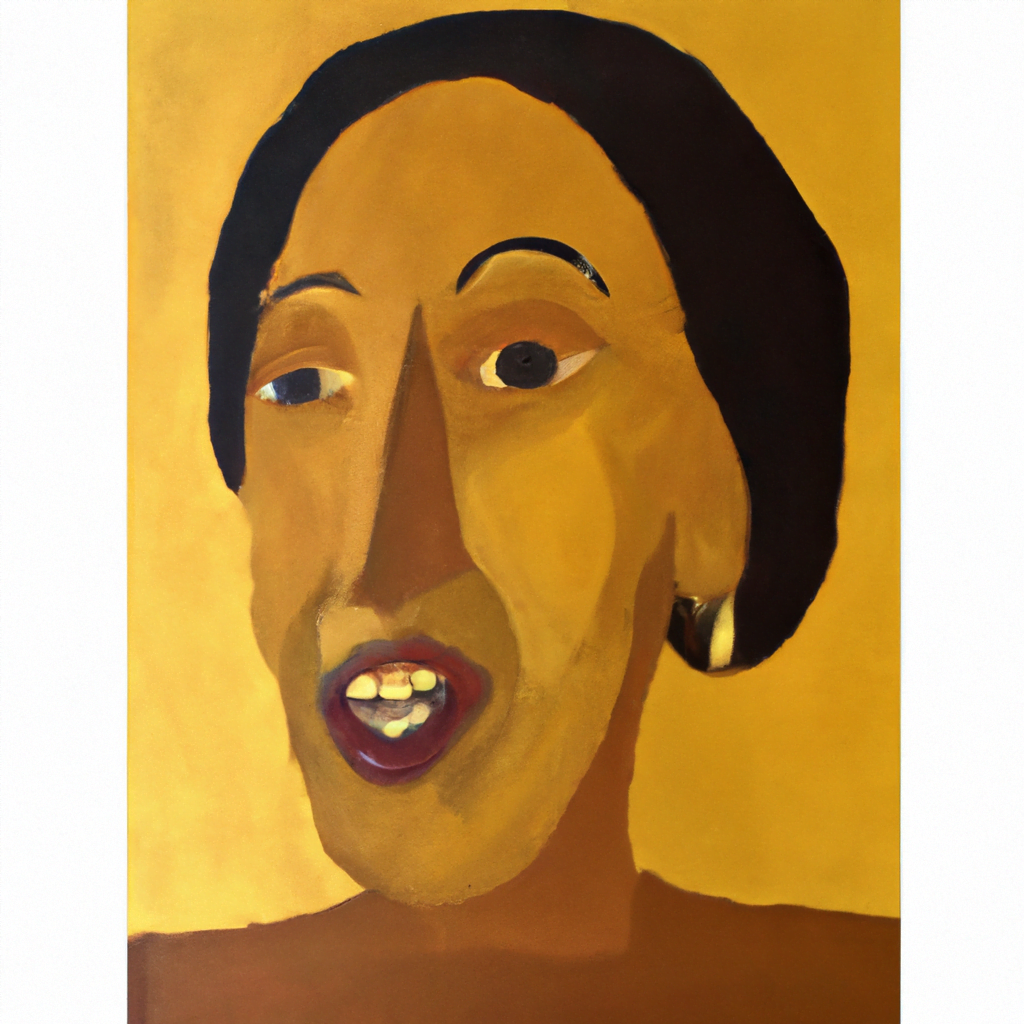
Illustrating Cultural Traditions: Preserving Heritage through Art

Art has always played a significant role in preserving cultural traditions and heritage. Through various forms of artistic expression, communities have been able to pass down their customs, beliefs, and values from one generation to another. From ancient cave paintings to modern digital illustrations, art has served as a powerful tool for documenting and celebrating cultural diversity. In this article, we will explore the importance of illustrating cultural traditions and how art can contribute to the preservation of heritage.
The Power of Visual Representation
Visual representation has a unique ability to capture the essence of cultural traditions. It allows us to see and experience the richness of different cultures, even if we are not directly part of them. Artistic depictions of cultural practices, rituals, and celebrations provide a window into the lives of people from diverse backgrounds. They enable us to appreciate the beauty and complexity of these traditions, fostering a sense of respect and understanding.
For example, the intricate patterns and vibrant colors of traditional Indian rangoli art not only showcase the artistic skills of the creators but also convey the cultural significance of these designs. Rangoli is a form of floor art created using colored powders, rice, or flower petals. It is commonly made during festivals and special occasions in India. By illustrating rangoli patterns, artists not only preserve this ancient tradition but also educate others about its importance in Indian culture.
Preserving Cultural Heritage
Art plays a crucial role in preserving cultural heritage by documenting and safeguarding traditions that might otherwise be lost over time. Through artistic representation, cultural practices and rituals are immortalized, ensuring that future generations can learn about and appreciate their heritage.
One notable example of art preserving cultural heritage is the traditional Japanese art of woodblock printing, known as ukiyo-e. Ukiyo-e prints depict various aspects of Japanese life, including landscapes, historical events, and scenes from literature. These prints not only serve as beautiful works of art but also provide valuable insights into the daily lives and customs of the Japanese people during different periods of history.
Another example is the cave paintings found in the Lascaux caves in France. These prehistoric artworks, estimated to be over 17,000 years old, depict animals, hunting scenes, and human figures. They offer a glimpse into the lives of our ancestors and provide valuable information about their culture, beliefs, and way of life. Without these visual representations, our understanding of prehistoric societies would be significantly limited.
Art as a Cultural Bridge
Art has the power to transcend language barriers and cultural differences, acting as a bridge between different communities. It allows for the exchange of ideas, traditions, and values, fostering cultural understanding and appreciation.
One example of art bridging cultures is the Chinese art of paper cutting. Paper cutting is a traditional folk art that involves cutting intricate designs from paper using scissors or knives. This art form has spread beyond China and has been adopted by various cultures around the world. In Mexico, for instance, papel picado is a similar art form that is used to decorate during festivals and celebrations. Despite the geographical and cultural differences, the art of paper cutting has become a shared tradition, connecting people from different backgrounds.
Artistic Revival and Innovation
Artistic revival and innovation are essential for the preservation of cultural traditions. While traditional art forms provide a link to the past, contemporary artists often find ways to reinterpret and reinvent these traditions, keeping them relevant in the modern world.
One such example is the Maori art of New Zealand. Traditional Maori art includes intricate wood carvings, woven flax works, and tattooing. These art forms have been passed down through generations, preserving Maori cultural heritage. In recent years, contemporary Maori artists have embraced new mediums and techniques, such as digital illustration and street art, to express their cultural identity. This fusion of traditional and modern art forms ensures that Maori traditions continue to evolve and thrive.
Art for Cultural Education
Art can be a powerful tool for cultural education, allowing individuals to learn about different traditions and customs in an engaging and interactive way. Museums, galleries, and cultural institutions often use art exhibitions and installations to educate the public about various cultures.
For example, the British Museum in London houses a vast collection of art and artifacts from around the world. Through carefully curated exhibitions, the museum provides visitors with an opportunity to explore different cultures and gain a deeper understanding of their traditions. Artworks, such as ancient sculptures, paintings, and textiles, serve as visual representations of cultural heritage, enabling visitors to connect with the past and appreciate the diversity of human civilization.
Conclusion
Art has a profound impact on preserving cultural traditions and heritage. Through visual representation, art captures the essence of cultural practices, rituals, and celebrations, allowing us to appreciate and understand different traditions. It serves as a powerful tool for documenting and safeguarding cultural heritage, ensuring that future generations can learn about and appreciate their roots. Art also acts as a bridge between different communities, fostering cultural understanding and appreciation. By reviving and innovating traditional art forms, artists keep cultural traditions relevant in the modern world. Finally, art serves as a valuable educational tool, allowing individuals to explore and connect with different cultures. As we continue to celebrate and support art that illustrates cultural traditions, we contribute to the preservation and appreciation of our shared human heritage.
